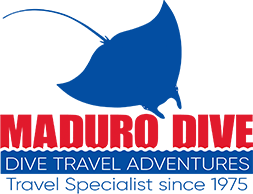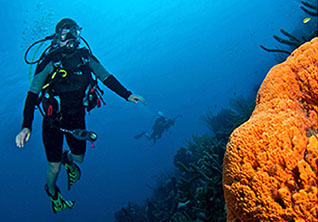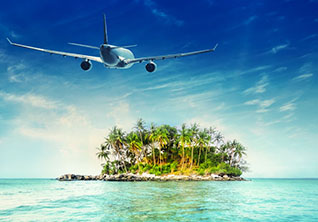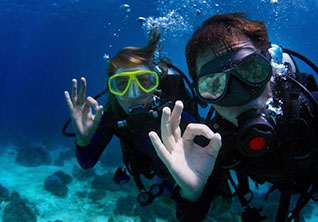THE PETER DIVING SYSTEM
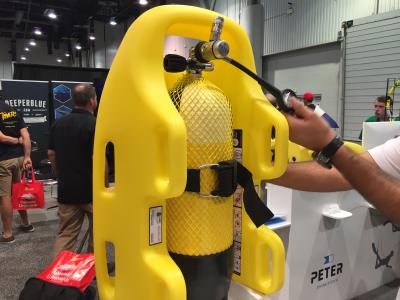
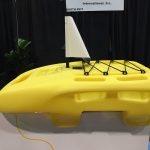
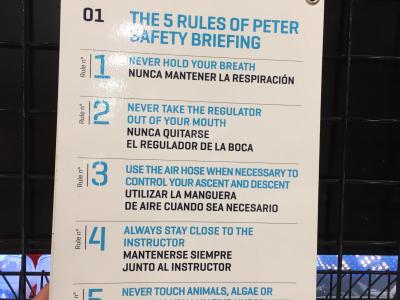
Every year at the DEMA (Dive Equipment and Marketing Association) Show, which is the largest dive industry trade show, among other things, we look for one new item, thing, device, or program that will help introduce the general public to the amazing world of scuba diving. This year at the November 2018 show, we had to give two fins and a snorkel up to the Peter Diving System. At first glance the Peter Diver System resembles a hookah system where air from the surface is supplied to divers down below. In this case two to three people can simultaneously breath off of one tank of compressed air. The tank, or cylinder of air, floats on the surface in a yellow boat shaped-like harness with multiple hand hold built right in the sides, and has a dive flag mounted on top. To use the system requires students to don a mask, snorkel, wet-suit, and fins. An instructor goes over a large sized but easy to follow teaching/safety training chart before taking the students into the water just like during a discover scuba diving program, then the students can put on a very light weight belt in warm waters, place the regulator in their mouth, and go under water. The peter system will let students dive down to a max depth of 6m (20ft).
The instructor stays with the students and can look up at the tank to see how the air supply is doing by quickly checking the color of the emitted gauge light: green is full, yellow is half full, and red is the last quarter of the tank, and time to surface. It’s fun and easy to learn and try, afterwards the kids are ready to do a discover scuba dive. They already know the drill about training by chart before the dive, so they are ready to take the next step, and before you know it, they are excited and ready to sign up to become open water divers, with weight, belts, buoyancy compensator vest, and back mounted tanks.
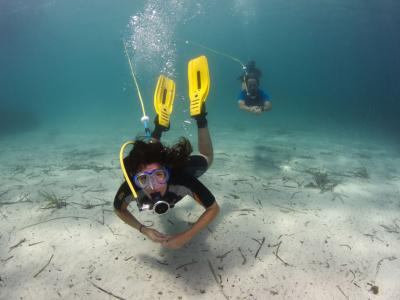
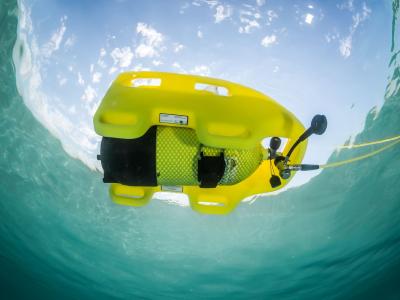
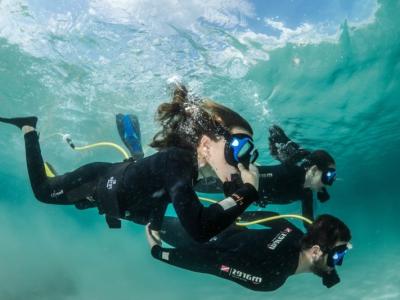
The conversion rate is great, but this is not the end of the story, it’s just the beginning. People with physical challenges or adaptive needs, will find that it is easy to use diving underwater when the weight of a back mounted tank is removed from the equation. It’s easier for those of us with back issues too. The entire system with a carbon tank may weigh only 10kg (22lbs) and only needs to be placed in the water, not strapped to your back during the dive. This is great for hull cleaners and people doing repairs underwater too, as tanks can get heavy even when you’re neutrally buoyant or floating like a leaf.
So, you can see that there are multiple benefits from using the Peter Diving System; SSI (Scuba Schools International), a worldwide diver certification/training organization has teamed up with a diving school in Majorca Spain to get people interested in the world below. The Peter Diving System is available in at least seven other locations around the world; see the map at www.peterdiving.com. We feel that any system that can easily excite and usher in new potential divers to any scuba training organization is a positive advancement for the entire scuba dive industry, as well as a win for all future local dive communities and a lifelong family recreational activity.
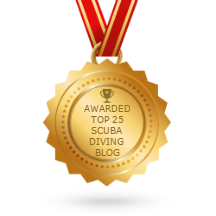
Recent Posts
- Eastern Malaysia, Sabah, Sipadan & More
- Ghost Pipefish, Pipefish, Seahorses, and Sea Dragons
- Australia Queensland and the Great Barrier Reef
- Tioman Islands, Malaysia
- The Riviera Maya
- The Peter Diving System
- The Bay Islands, Roatan, Utila, Guanaja, and more.
- The Cuttlefish; The Undisputed Master of Camouflage.
- The Maldives: A Garland of Islands in the Indian Ocean
- Frogfish, The Overlooked Camouflage Artist
Categories
- Australia
- Bahamas
- Bay Islands
- Belize
- Blue Hole
- Bonaire Diving
- Borneo
- Cayman Brac
- Cayman Islands
- Cozumel
- Curacao
- Cuttlefish
- Dive Destinations
- Dive Equipment
- Dive Liveaboards
- Dive Resorts / Properties
- Dive Travel
- Dive Travel Deals
- Diver Wellness
- Dolphins
- Dominica
- eagle rays
- Eagle Rays
- Family Travel
- Fiji
- Galapagos Islands
- Great White Shark cage diving
- Guanaja
- Honduras
- Indonesia
- Infographics
- Isla Mujeres
- Learning to Dive
- Little Cayman
- Maduro Dive Newsletter
- Malaysia
- Maldives
- Manta Rays
- Marine Life
- Mexico
- Micronesia
- Muck Diving
- Myamar
- Palau
- Papua New Guinea
- Pelagics
- Philippines
- Pinnacles
- Polynesia
- Reefs
- Riviera Maya
- Roatan
- Saba
- Sabah
- Scuba Diving
- Scuba Gear Reviews
- Scuba News/Events
- Scuba Training & Education
- Sea Legends
- sea lions
- Sea of Cortez
- Sharks
- Single Travel
- Sipadan
- Socorro Islands
- South Africa
- Specialties
- ST. Kitts
- Stingrays
- Tahiti
- Thailand
- The Bucket List
- Tobago
- Truk Lagoon (Chuuk)
- Turks and Caicos Islands
- Turtles
- Uncategorized
- Underwater Photography
- Underwater Video
- Utila
- Walls
- Whale Sharks
- Whales
- Wreck Diving
- Wrecks
- Yap
Archives
- January 2024
- April 2023
- March 2020
- March 2019
- January 2019
- November 2018
- September 2018
- July 2018
- May 2018
- March 2018
- January 2018
- October 2017
- September 2017
- June 2017
- April 2017
- February 2017
- January 2017
- October 2016
- August 2016
- July 2016
- May 2016
- March 2016
- February 2016
- January 2016
- December 2015
- August 2015
- June 2015
- April 2015
- January 2015
- November 2014
- July 2014
- April 2014
- February 2014
- December 2013
- November 2013
- October 2013
- September 2013
- August 2013
- July 2013
- June 2013
- May 2013
- April 2013
- March 2013
- February 2013
- January 2013
- December 2012
- November 2012
- October 2012
- September 2012
- August 2012
- July 2012
- June 2012
- May 2012
- April 2012
